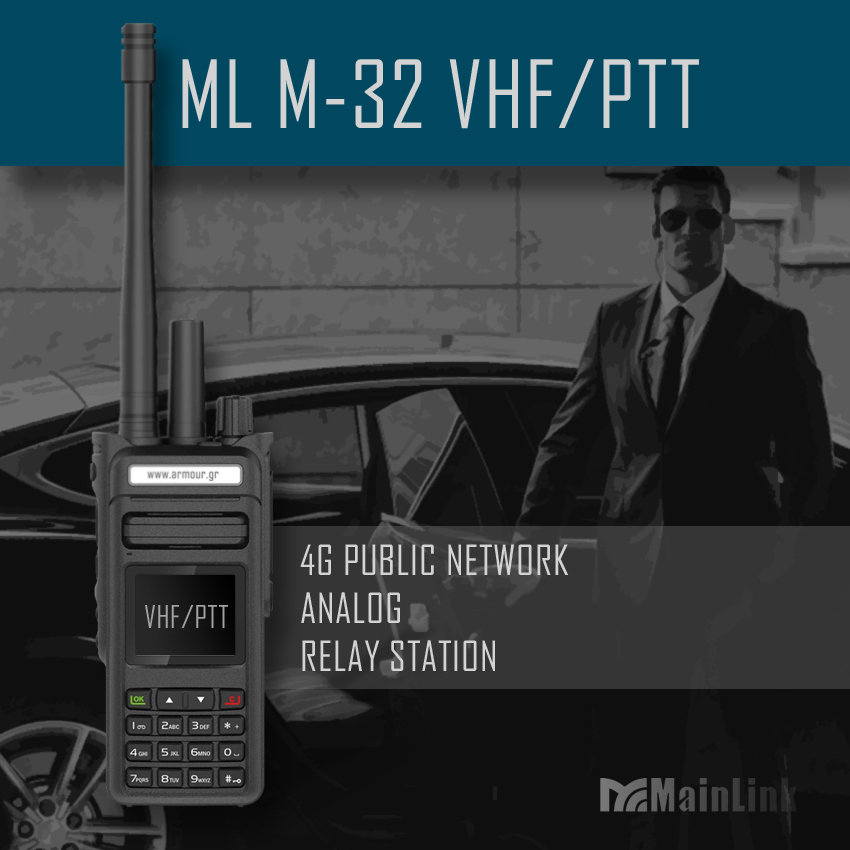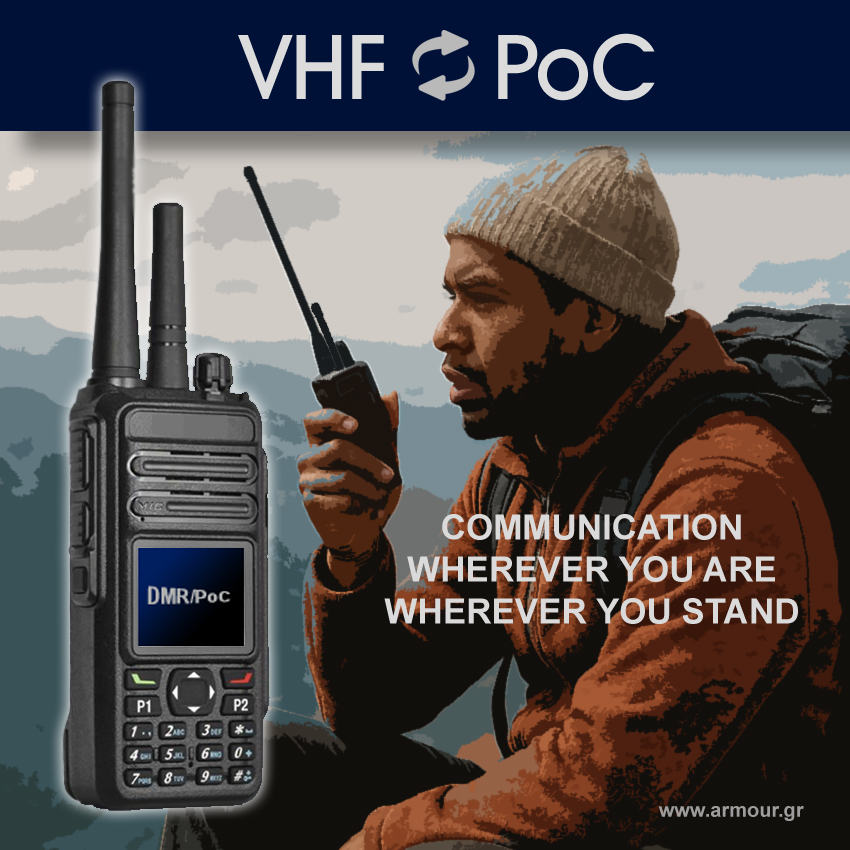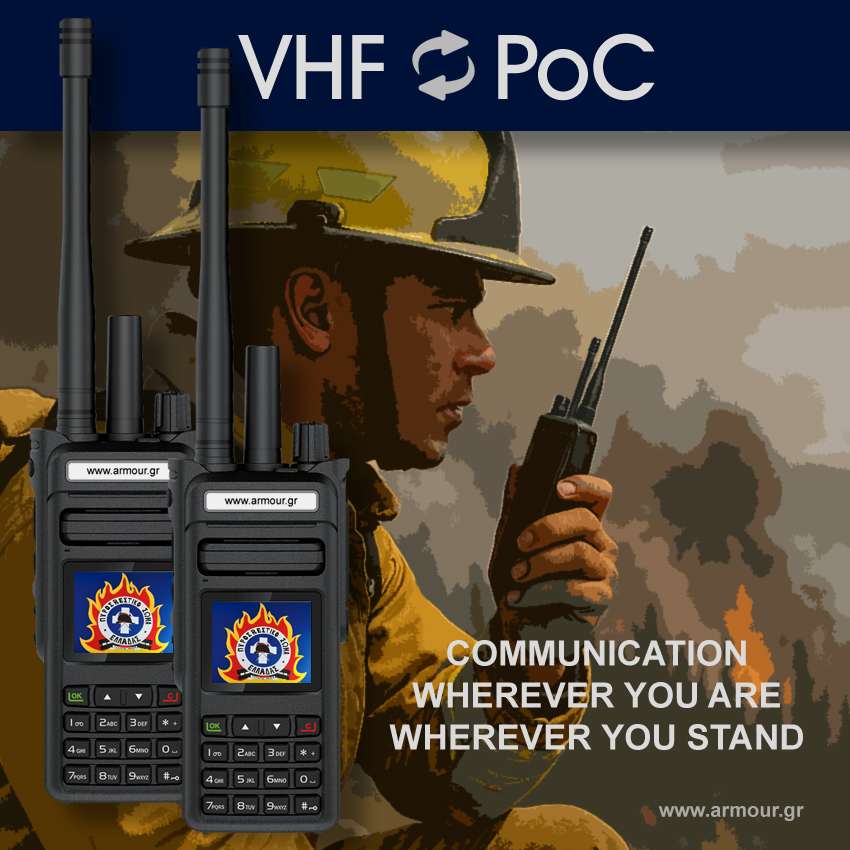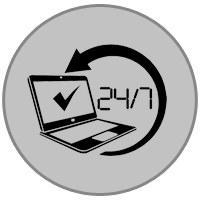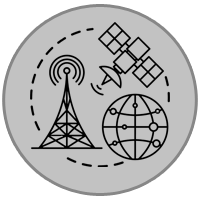Integrating VHF Communication Through PoC/PTT Technology
A Modern Hybrid Approach
In critical communication environments, such as defense, maritime, emergency services, and industrial operations, clear and reliable voice communication is non-negotiable.
Traditionally, Very High Frequency (VHF) radio systems have been the cornerstone of such communication due to their simplicity, range, and independence from commercial infrastructure.
However, the evolution of Push-to-Talk over Cellular (PoC) technology has introduced powerful new capabilities that can complement or even enhance VHF operations. The integration of VHF communication through PoC offers a hybrid model that merges the best of both worlds.
What Is PoC?
Push-to-Talk over Cellular (PoC) uses mobile networks (3G, 4G, 5G) or Wi-Fi to provide instant voice communication, similar to traditional two-way radios, but with extended range and additional features. Unlike analog radio systems limited by frequency constraints and line-of-sight coverage, PoC systems can operate globally over IP networks.
The VHF-PoC Integration
Modern solutions can bridge traditional VHF radio signals with PoC networks, allowing VHF users and PoC devices to communicate seamlessly. This is typically done using radio gateways or smart repeaters that:
- Receive VHF analog or digital signals,
- Digitize and route them through secure PoC platforms,
- Transmit the signal to remote PoC terminals (e.g., smartphones, PoC radios),
- And vice versa.
One such example is the ANYSECU, a hybrid repeater/router that receives VHF signals and relays them over PoC, enabling VHF communication even when PoC terminals are out of VHF signal range—as long as they are connected to a mobile network.
Benefits of Hybrid VHF-PoC Communication
1. Extended Coverage: VHF coverage is limited by terrain and power output. PoC extends communication range nationwide or worldwide using mobile networks.
2. Redundancy and Resilience: In critical missions, if one network fails (e.g., mobile outage or VHF signal loss), the system can automatically switch to the other. This ensures continuous uptime, vital in defense or emergency scenarios.
3. Cross-Platform Connectivity: Allows coordination between legacy VHF users and modern PoC users (e.g., mobile devices, control centers). Useful for organizations with mixed equipment or during gradual tech transitions.
4. Real-Time Recording and Monitoring: PoC systems often include features such as real-time GPS tracking, cloud call recording, and dispatch monitoring—enhancing operational oversight.
5. Lower Long-Term Costs: While initial setup may involve gateways or compatible PoC radios, operational costs are lower compared to maintaining large-scale analog VHF infrastructure.
Applications in the Field
Defense & Tactical Units: Command centers can communicate with patrol units over PoC, while ground teams maintain localized VHF comms.
Maritime Operations: Ship crews using VHF can be linked with shore-based HQs over PoC.
Security Services: Guards with traditional radios can be integrated with managers using smartphones or tablets.
Search & Rescue (SAR): Ground teams on VHF can instantly relay data through PoC to helicopters, command posts, or international partners.
Challenges and Considerations
Latency: While generally low, PoC may introduce minor delay compared to real-time analog radio.
Network Dependence: PoC requires internet access; satellite or 4G backup may be needed in remote zones.
Security: Encryption and secure VPN channels are crucial to protect mission-critical communications.
Training: Personnel must be trained in dual-mode operations to fully utilize the hybrid system.
The integration of VHF communication through PoC/PTT technology represents a significant leap forward in tactical and operational communication.
This hybrid approach ensures reliability, flexibility, and extended reach without abandoning trusted VHF infrastructure.
For defense, maritime, and emergency services, such systems offer a smart, future-ready solution that meets the demands of modern communication environments.
